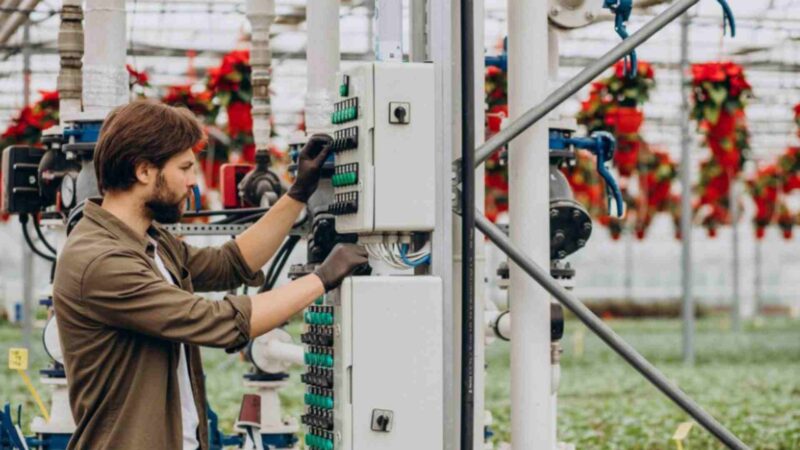Exploring Sustainable Light Manufacturing with Alternatives

In an era where environmental consciousness is gaining momentum, the quest for sustainable alternatives extends to every aspect of our lives, including the way we illuminate our surroundings.
The lighting industry has undergone a significant transformation, with eco-friendly technologies emerging as powerful contenders. This article delves into the exciting landscape of sustainable light emitting diodes manufacturers, exploring their impact on the environment and the strides made by innovative technologies in reshaping the future of illumination.
The Shift Towards Sustainability:
Traditional lighting sources, such as incandescent and fluorescent bulbs, have long dominated the market. However, their inefficiency, shorter lifespan, and environmental impact have spurred a global shift towards sustainable alternatives. The rise of eco-friendly lighting technologies represents a crucial step in reducing carbon footprints and promoting a more sustainable approach to energy consumption.
Light Emitting Diodes (LEDs):
At the forefront of the sustainable lighting revolution are Light Emitting Diodes (LEDs). LED technology has witnessed tremendous advancements, making it one of the most energy-efficient and durable lighting solutions available. LEDs consume significantly less energy than traditional bulbs, translating into lower electricity bills for consumers. Moreover, their longer lifespan reduces the frequency of replacements, contributing to a decrease in electronic waste.
LEDs also offer unparalleled versatility, allowing for precise control of color temperature and brightness. This makes them suitable for a wide range of applications, from residential and commercial lighting to outdoor and industrial use. The widespread adoption of LED technology represents a notable stride towards sustainability, aligning with global efforts to mitigate climate change.
Compact Fluorescent Lamps (CFLs):
Compact Fluorescent Lamps (CFLs) present another viable alternative to traditional lighting sources. While not as energy-efficient as LEDs, CFLs still offer a considerable improvement over incandescent bulbs. CFLs use up to 75% less energy and last longer, making them a more environmentally friendly option.
Despite their positive attributes, CFLs do have some drawbacks, such as containing trace amounts of mercury. Proper disposal methods are essential to prevent environmental harm, emphasizing the importance of responsible waste management practices.
Organic Light Emitting Diodes (OLEDs):
Organic Light Emitting Diodes (OLEDs) represent an innovative and sustainable alternative that is gaining traction in the lighting industry. Unlike traditional LEDs, OLEDs are composed of organic compounds that emit light when an electric current is applied. This technology allows for flexible and transparent lighting solutions, opening up new possibilities for creative and efficient designs.
OLEDs boast impressive energy efficiency, as they emit light evenly across the entire surface. Additionally, OLEDs are free from hazardous materials like mercury, further contributing to their eco-friendly profile. As research and development in OLED technology continue, we can anticipate even more applications in various industries, from interior design to automotive lighting.
Solar-Powered Lighting:
Harnessing the power of the sun, solar-powered lighting represents a sustainable and off-grid solution for various applications. Solar-powered LED lights, commonly used in outdoor settings like gardens, pathways, and street lighting, utilize photovoltaic cells to convert sunlight into electricity. This not only reduces reliance on conventional energy sources but also contributes to lower carbon emissions.
The Future of Sustainable Lighting:
As we witness the rise of eco-friendly lighting technologies, the future looks promising for a world illuminated by sustainable practices. The ongoing commitment to research and development, coupled with increasing consumer awareness, is propelling the lighting industry towards a greener and more sustainable future.

Conclusion:
Exploring sustainable alternatives in the realm of lighting technologies is not just a trend; it’s a crucial step towards building a more environmentally conscious world. From the energy efficiency of LEDs and CFLs to the innovative possibilities offered by OLEDs and solar-powered lighting, the options for eco-friendly illumination are expanding rapidly. As consumers and industries alike embrace these sustainable alternatives, the collective effort towards reducing our environmental impact gains momentum, one eco-friendly light at a time.
Top of Form

